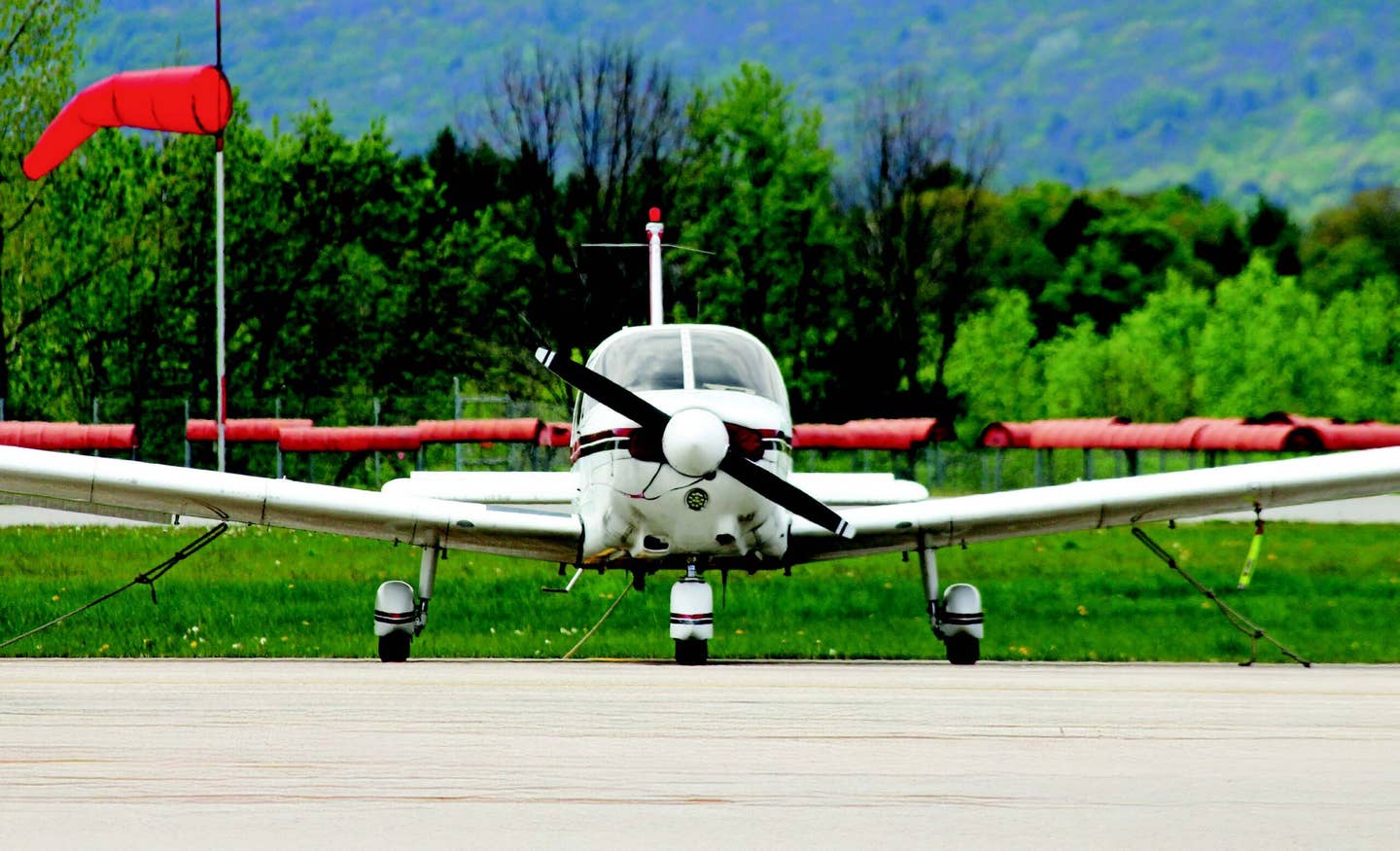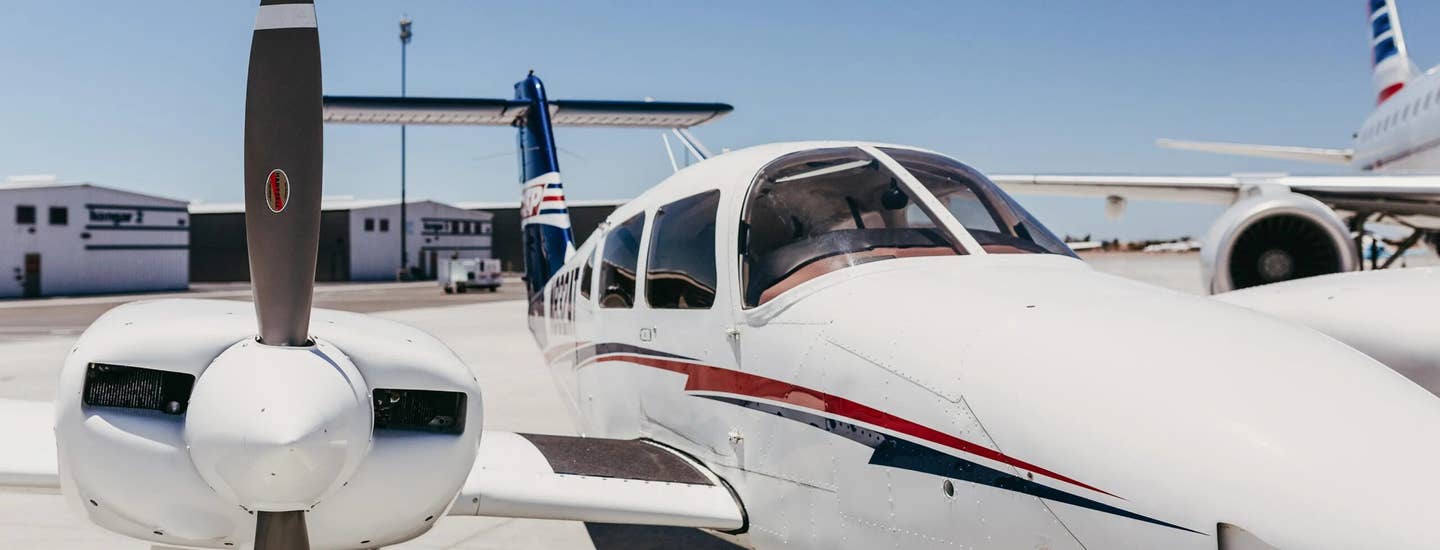
THE WORDS “PLEASE CALL this phone number after you land” strike terror into the heart of any pilot. Sometimes the bad news comes in the form of a letter from the FAA. However it arrives, it is no fun to learn that you are being charged with an airborne deviation from the FARs. Despite some pilots’ impressions, the FAA does not look forward to these events and would be very happy if it never had to process another violation. The goal of the FAA safety team (FAASTeam — faasafety.gov) is “to improve the nation’s aviation safety record by conveying safety principles and practices through training, outreach and education. At the same time, FAASTeam managers and program managers will establish meaningful aviation industry alliances and encourage continual growth of a positive safety culture within the aviation community.”
Because the FAASTeam is dedicated to reducing accidents, and because each deviation represents an increased risk of an accident, the FAASTeam recently published a list of the most prevalent deviations in order of their frequency of occurrence, divided into VFR and IFR operations. While there are no big surprises on either list, it would be beneficial for all pilots to review their flight operations in relation to these lists to look for any weak areas where they could be at risk. The violations are listed from the lowest to the highest frequency of occurrence.
VFR VIOLATIONS:
4. Low-Level Flight
This one is a no-brainer. Altitude is like money in the bank. If anything goes wrong, a pilot flying near the ground has less time to assess and deal with the situation, and the chance of a mistake by the pilot resulting in catastrophic consequences is greatly increased. On top of that, many pilots flying at low level are not content to merely cruise along in straight and level flight. Instead they are often involved in showing off to their friends by buzzing their homes and doing what is essentially low-level aerobatics.
Low-level flight is the only airborne deviation that does not involve a mistake by the pilot, but is a conscious act. It is legal to fly at any altitude above the water or over a sparsely populated area as long as you stay at least 500 feet away from any person, vessel, vehicle or structure, and an emergency landing is possible without undue hazard to persons or property on the surface. However, this means that all you have to do is fly within 500 feet of one person to be reported for a violation, so it just is not worth the legal and physical risk.
3. Flying VFR Into IFR Conditions
This is not only high on the list of pilot deviations, but it is also one of the most prevalent causes of accidents and fatalities. I have written many articles on this subject. Avoiding this deviation boils down to careful planning, realistic assessment of the weather and the pilot's ratings, experience and capabilities, followed by conservative decision-making in response to what is encountered once in the air.
2. Airspeed Violations
A lot of pilots can only wish they had to worry about an airspeed violation, as their airplanes can't come close to exceeding the published maximum airspeeds in the FARs even in a dive. However, with the introduction of personal jets, single-engine turboprops and even high-power piston airplanes, the risk of exceeding these limits is increasing every year. While it may be tempting to save time by keeping your speed up, the amount of time actually saved is minimal. The higher speed makes it harder to stay ahead of the airplane and scan for other airplanes in complex airspace. It also increases the likelihood of damage from a bird strike. Even if it weren't required by the FARs, it would be a good idea to slow down at lower altitudes and near an airport as required by Section 91.117.
1. Airspace Violations
With the proliferation of restricted or controlled airspace, it is not surprising that airspace violations come in as the No. 1 VFR airborne deviation. It is important to understand the differing regulations for Class B, C and D airspace, and to carefully plan each flight to comply with those regulations while avoiding prohibited and restricted areas. By definition, TFRs are temporary, and they seem to be proliferating throughout the country, so it is critical to check for anything along your flight path before each flight and then to stay in contact with ATC for any updates along the way. Friendly controllers have saved me a couple of times with a suggestion that I turn to avoid restricted airspace that I had not noticed while maneuvering due to weather.
IFR VIOLATIONS:
4. Missing a Compulsory Reporting Point
Even in our modern radar environment, there are still designated reporting points, such as when reaching or leaving a holding point or fix. If radar contact is lost, a position report is required over each designated compulsory reporting point. On top of that, each time a controller instructs a pilot to report at a certain point or fix, that becomes a compulsory reporting point, and failure to report can result in a violation for failure to follow ATC instructions. That's why it is a good idea to write down all clearances and ATC instructions.
3. Airspeed Violations
The pilot on an instrument clearance has even more speed restrictions to be aware of, such as on published flight segments and in holding patterns, so it is not surprising that airspeed violations show up on the IFR list too. Along with everything mentioned above, the pilot on an instrument clearance has to be careful to follow all the instructions for each flight segment.
2. Course Clearance Violations
The AIM emphasizes that even if the controller does not use the word "immediately," a pilot is expected to execute the provisions of a clearance as soon as it is received. The pilot must continue to conform to the controller's instructions or original clearance unless the controller approves something different. If there is even the slightest question in a pilot's mind as to what the clearance is, the pilot should immediately ask the controller for clarification.
1. Altitude Violations
The controller assigns an altitude, and the pilot is then expected to maintain that altitude. It is amazing how something so simple can have so many opportunities for error:
• The pilot can get distracted and deviate from level flight.
• The pilot can get distracted and fail to level off at the desired altitude.
• The pilot can misunderstand the assigned altitude.
• The pilot can comply with a clearance intended for a different airplane.
• A pilot cleared “VFR-on-top” might not understand he is required to stay above the minimum IFR altitude for that area or flight segment.
The best way to avoid an altitude violation actually applies to all of the deviations listed above and is a good summary of how to be a professional pilot:
• Have current directories, charts, approach plates and databases.
• Carefully plan each flight, including a realistic assessment of the current and forecast weather.
• Record all ATC instructions and clearances by writing them down or using an altitude alerter or heading bug.
• Stay focused and ahead of the airplane throughout the flight.
Above all, if there is ever any question in your mind about what you are supposed to do, ask the controller for clarification, and if there is ever any question whether you can comply with a clearance, refuse the clearance. It is much better to possibly have to deal with a disgruntled controller than to receive a violation that could affect your entire aviation career. If you think there is a possibility that you might have deviated from an FAR, as soon as you land go to asrs.arc.nasa.gov and file a confidential report with the NASA Aviation Safety Reporting System. Your report may help others avoid the same mistake and will provide immunity from any enforcement action related to that deviation if you comply with the simple program requirements.

Sign-up for newsletters & special offers!
Get the latest FLYING stories & special offers delivered directly to your inbox






